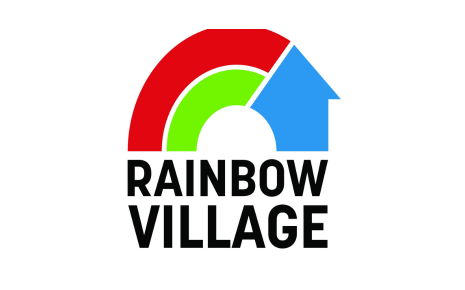Federal dollars once formed the largest share of many nonprofit budgets. That foundation is shifting. Convergent Nonprofit Solutions has seen a surge of inquiries from nonprofit groups across the country asking the same urgent question: how do we replace federal funding and grants that no longer exist?
Brian Abernathy, General Manager of Convergent Nonprofit Solutions, has been direct about the reality. “You cannot flip a switch and create a major gifts program overnight. Nonprofits must rethink their entire approach to funding, from value proposition to customer groups to team capacity.”
Unfortunately, Federal Funding Cannot Be Replaced with a Single Source
A housing nonprofit that our team spoke with, which was once 100 percent federally funded, illustrates the problem. The nonprofit was seeking guidance on setting up a major gifts operation and raising, in their words, "significant philanthropic dollars in a very quick manner." When a significant portion of grants and federal funding dries up, leadership is often expected to launch a major gifts campaign in months. That expectation is unrealistic.
Another nonprofit organization that reached out to us was primarily government-funded and had some history of private support, which gave it a stronger base to build from. The contrast highlights the lesson: the deeper the dependency on federal funding and grants, the steeper the climb to sustainability becomes if those funding sources are no longer available.
Abernathy explained the pattern, “Grants focus on activities and expenses. Donors want results. That shift in language alone requires nonprofits to rethink how they communicate value.”
Redefining Value Proposition in Measurable Terms
A nonprofit's beneficiaries are not its only stakeholders. A great example is of an organization addressing housing for its primary beneficiary: the residents. These people are transitioning from housing insecurity to housing security. The nonprofit’s customer groups are much broader. Employers benefit when their workforce gains stability. Schools benefit when children no longer move from place to place. Banks benefit when families start saving and repaying loans on time.
Abernathy pointed out, "The employer, the school system, and the bank are all customers of the housing organization's work. They see a return on investment in outcomes that matter to them. That is the message investors need to hear."
Nonprofits must frame their case for support as an investment in measurable results, not a contribution to cover costs.
Moving from Grants to Philanthropy Requires an Asking Rights Assessment
Convergent recommends that nonprofits begin with an assessment of their asking rights. This structured process validates a nonprofit's value proposition and tests it with potential funders. It clarifies who the true customer groups are and what outcomes matter most to them.
From there, leadership should set incremental and realistic revenue goals. For one organization, the focus was on securing 2 percent of annual revenue from unrestricted philanthropic funding in year one, with a target of increasing this to 5 percent in year two. Those targets were both achievable and strategically sound for their budget.
Abernathy explained, “Yes, it would be great to move to 25% of the budget being unrestricted philanthropic dollars, but short of the draft, dramatic decrease of the restricted funding, going from zero to 25% of unrestricted funding, is not realistic for most organizations.”
Preparing Teams for the Paradigm Shift
Most public-sector-focused grant-writing teams lack the skills necessary for major gifts fundraising. Direct solicitation requires training, executive leadership involvement, and a significant amount of time.
Abernathy cautions against outsourcing entirely. "Consultants can bridge the gap, but the real goal is to build relational equity between the donor and your organization's leadership. That relationship is what creates long-term unrestricted funding."
Boards and executive directors must acknowledge that team structures need to evolve, training is essential, and fundraising must become an integral part of the organizational culture rather than an afterthought.
Building Relational Equity for Long-Term Stability
Federal grants are transactional. Philanthropy is relational.
The organizations that succeed will be the ones that build deep connections with donors, foundations, and corporate partners. Abernathy often reminds clients, “The day you secure a major investment is the day you begin losing it. Every contract, every grant, every significant gift has a life cycle. The only way to prepare for its eventual loss is to consistently demonstrate the return on that investment while simultaneously cultivating the next relationship. Funders want to see both measurable outcomes and evidence that the organization is building the depth of relationships needed for long-term stability.”
Practical Steps for Nonprofits to Take Now
- Conduct an Asking Rights assessment to define your value proposition and identify your target customer groups.
- Translate results into messaging that appeals to funders who expect a return on investment.
- Set incremental funding targets that are achievable within your organization.
- Invest in training for leadership and staff in donor cultivation and direct solicitation.
- Prioritize building relational equity with funders to ensure long-term unrestricted support.
Convergent helps nonprofits bridge their fundraising gap and execute these strategies. Reach out to our team to learn how you can leverage our expertise to position your organization for financial stability in the absence of federal funding.






